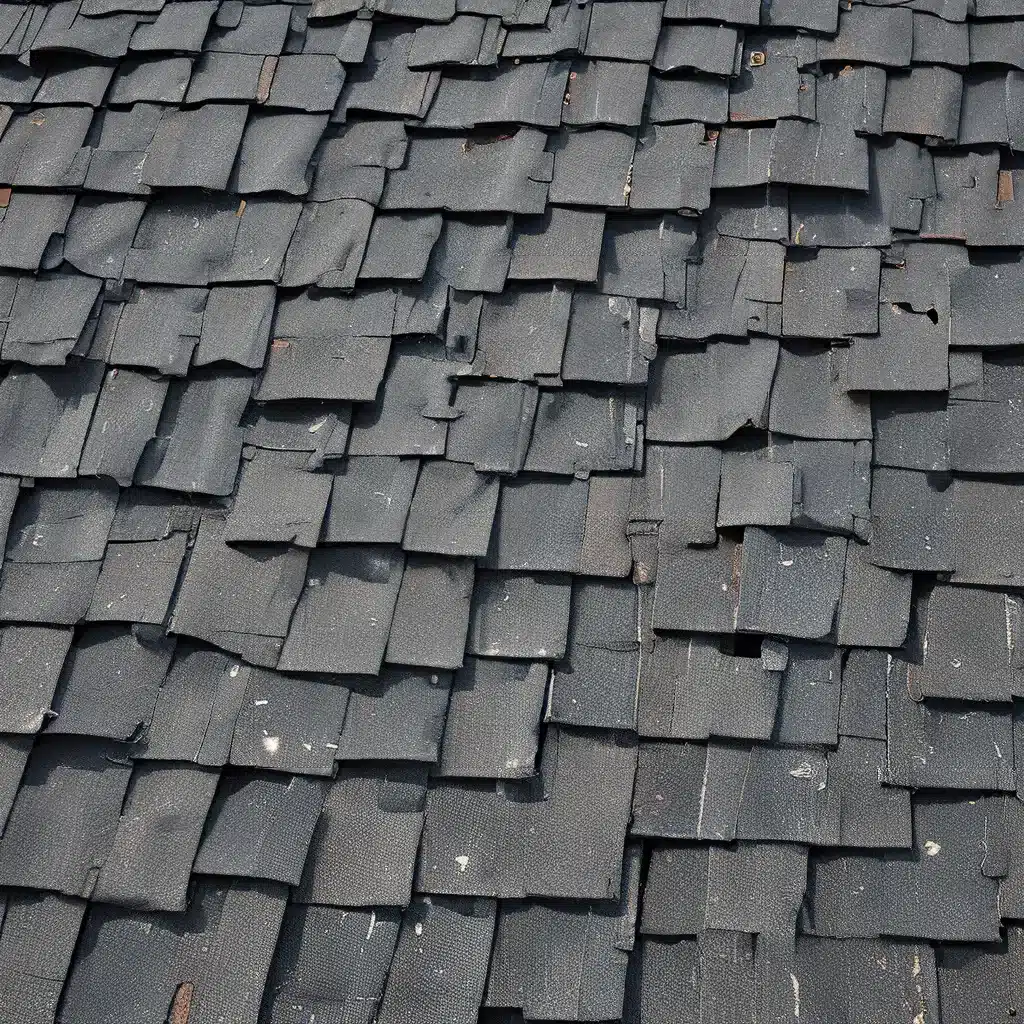
Understanding the Challenges of Climate Change
As a homeowner, I’ve come to appreciate the importance of a sturdy, well-maintained roof. After all, it’s the first line of defense against the increasingly unpredictable and extreme weather patterns we’re experiencing due to climate change. From torrential downpours to powerful winds and hail, our homes are facing an onslaught of environmental threats like never before.
Just the other day, I was reading about how climate change is impacting homes across the country. Extreme weather events are becoming more frequent and intense, compromising the structural integrity of our roofs and siding. The thought of my home being vulnerable to these forces of nature is frankly, quite unsettling.
Choosing Durable Roofing and Siding
That’s why I’ve made it a priority to ensure my home is equipped to handle whatever Mother Nature throws its way. Roofing and siding are the two critical components that shield our homes from the elements, and I’ve learned that selecting the right materials is crucial.
After doing some research, I discovered that high-wind rated asphalt shingles, metal roofing, and impact-resistant tiles are all excellent options when it comes to weatherproofing my home. These materials are engineered to resist strong winds and minimize storm damage.
Similarly, impact-resistant siding made from durable materials like fiber cement, engineered wood, or reinforced vinyl can provide an added layer of protection against harsh weather conditions. These siding options offer enhanced durability and resilience, which is exactly what I need to safeguard my investment.
Implementing Weatherproofing Techniques
But it’s not just about the materials – it’s also about how they’re installed. I learned that weatherproofing techniques like ensuring a proper continuous load path and installing a moisture barrier behind the siding can make a significant difference in how my home weathers the storm.
The concept of a continuous load path was particularly interesting to me. Apparently, this is a primary feature of the FORTIFIED Gold designation, which aims to tie the entire house together to strengthen it against high winds. By creating this structural integrity, the home is less likely to experience catastrophic failures during extreme weather events.
Prioritizing Regular Maintenance and Inspection
Of course, even the most durable roofing and siding materials require regular maintenance and inspection to ensure they continue to perform at their best. I’ve made it a point to schedule professional inspections of my roof and siding on a regular basis, so that any potential issues can be addressed before they become major problems.
After all, I’d much rather catch a small crack or sign of wear early on than have to deal with costly water damage or structural repairs down the line. Proactive maintenance is key to protecting my home’s resilience against the unpredictable forces of climate change.
Enhancing Resilience Through Landscaping
But it’s not just the roof and siding that need attention – the landscaping around my home plays a crucial role in enhancing its overall climate resilience as well. Things like proper drainage systems, erosion control, and strategic placement of windbreaks can make a big difference in how my home weathers the storms.
I’ve been amazed by the impact that simple landscaping choices can have. By planting the right trees and shrubs, I can create natural wind barriers that deflect strong gusts away from my home. And by ensuring proper drainage, I can prevent water damage during heavy downpours. It’s amazing how these seemingly small elements can add up to provide big benefits in protecting my home.
Accessing Government Incentives and Financing
As I’ve been researching and implementing these climate-resilient upgrades, I’ve been pleasantly surprised to discover the various government incentives and financing options available to homeowners like myself.
Grants, rebates, and tax credits can go a long way in making these important home improvements more accessible and affordable. And with options like home equity loans, personal loans, or energy-efficient mortgages, I can spread out the costs over time and enjoy the long-term savings on my utility bills.
Protecting My Biggest Investment
At the end of the day, my home is my biggest investment, and I’m determined to do everything in my power to protect it. By incorporating these climate-resilient strategies into my home maintenance and improvement plan, I can rest easier knowing that my roof, siding, and the rest of my home are prepared to withstand whatever extreme weather comes our way.
Sure, it’s an ongoing process, but the peace of mind and potential cost savings are well worth it. After all, when it comes to safeguarding my family and my financial future, a little proactive planning goes a long way. And with the help of Southern Roofing Company, I’m confident I can make my home as resilient as possible against the effects of climate change.